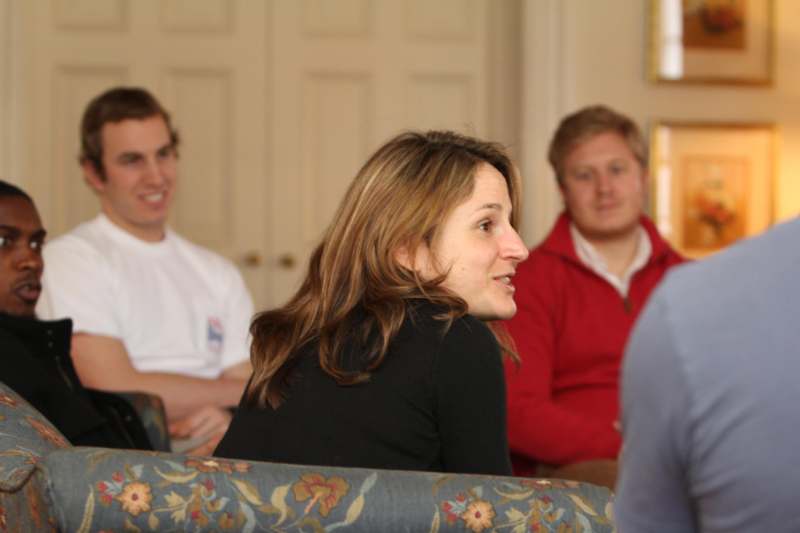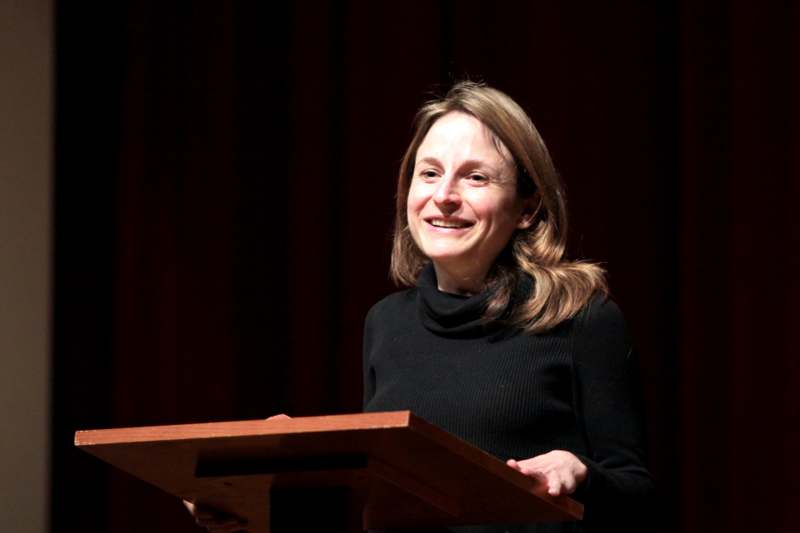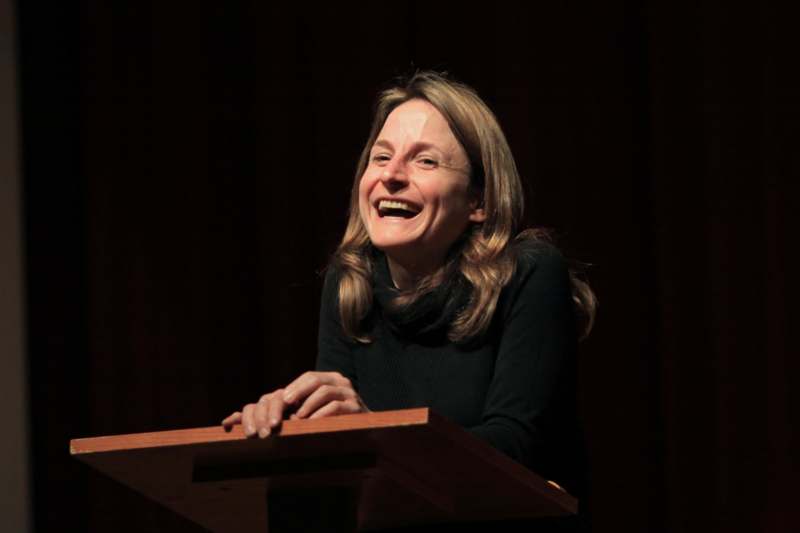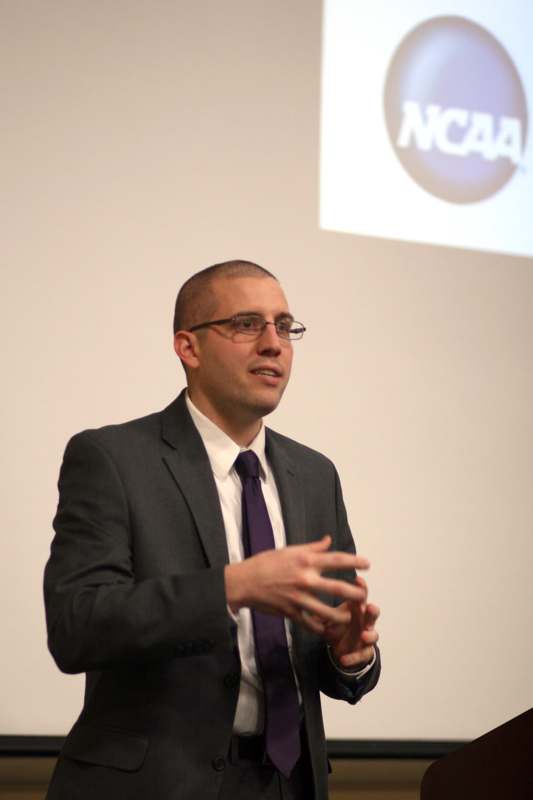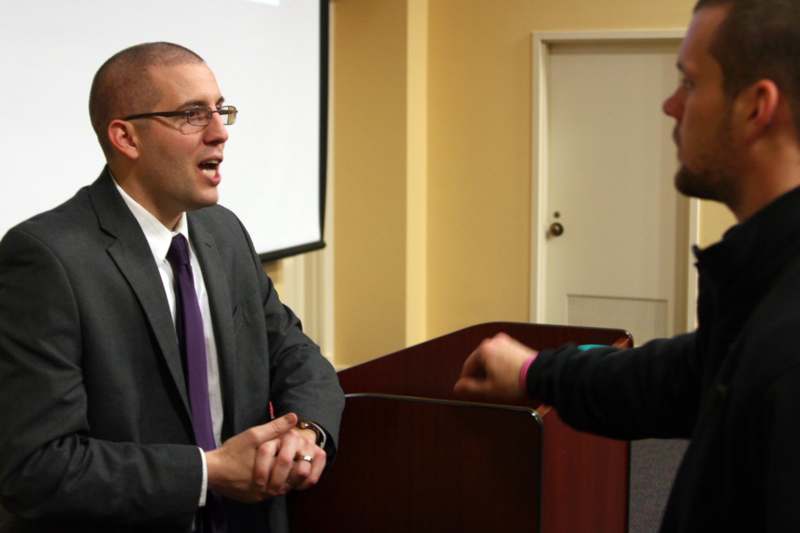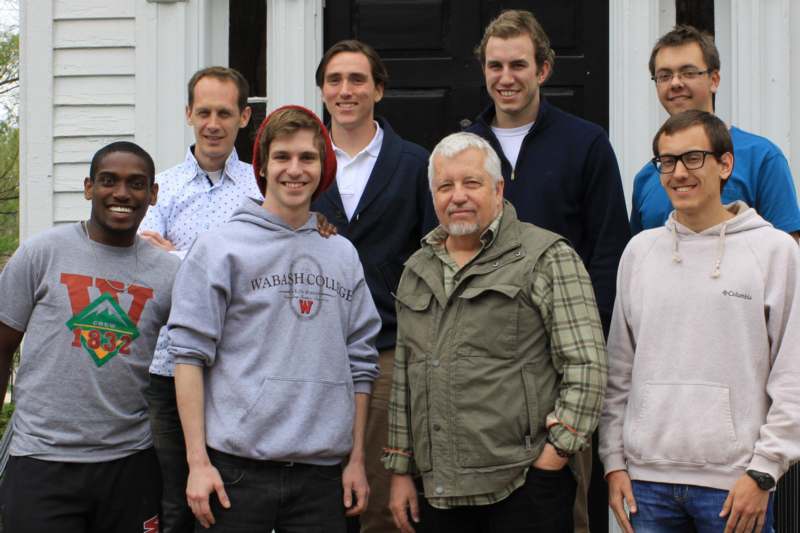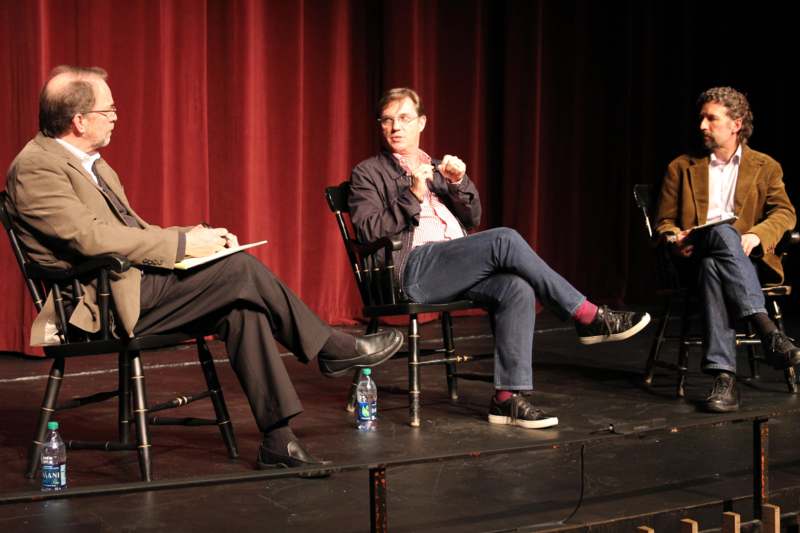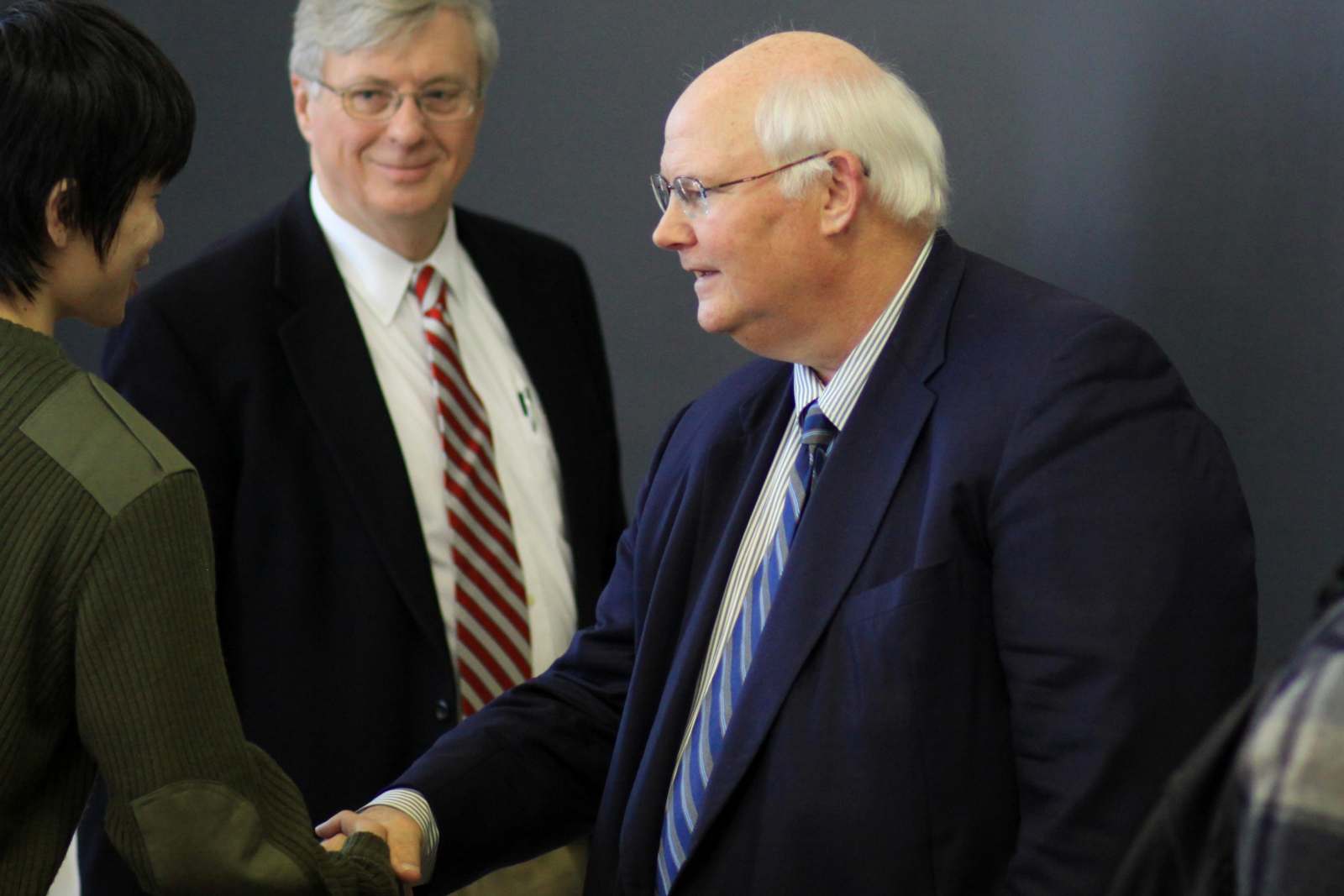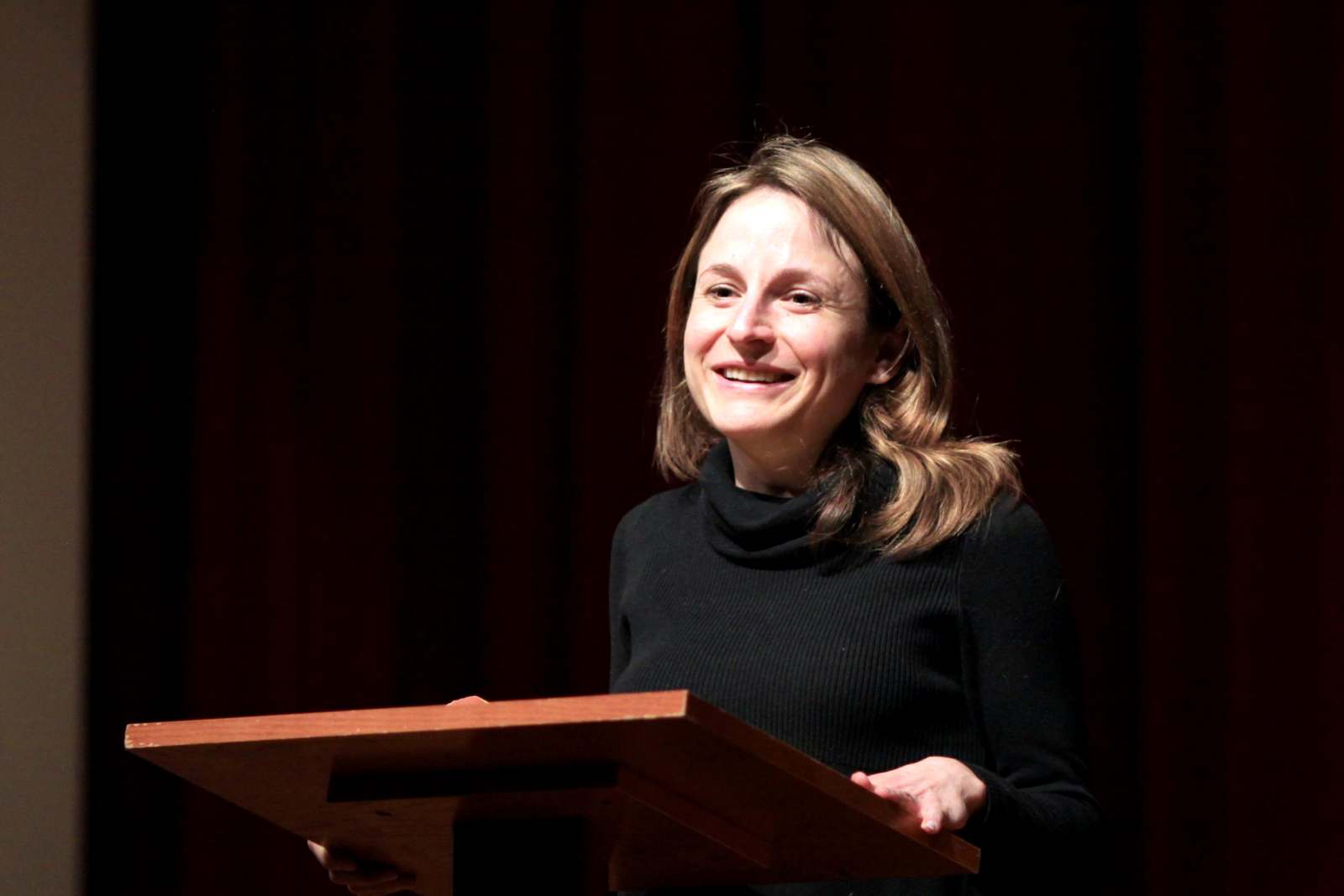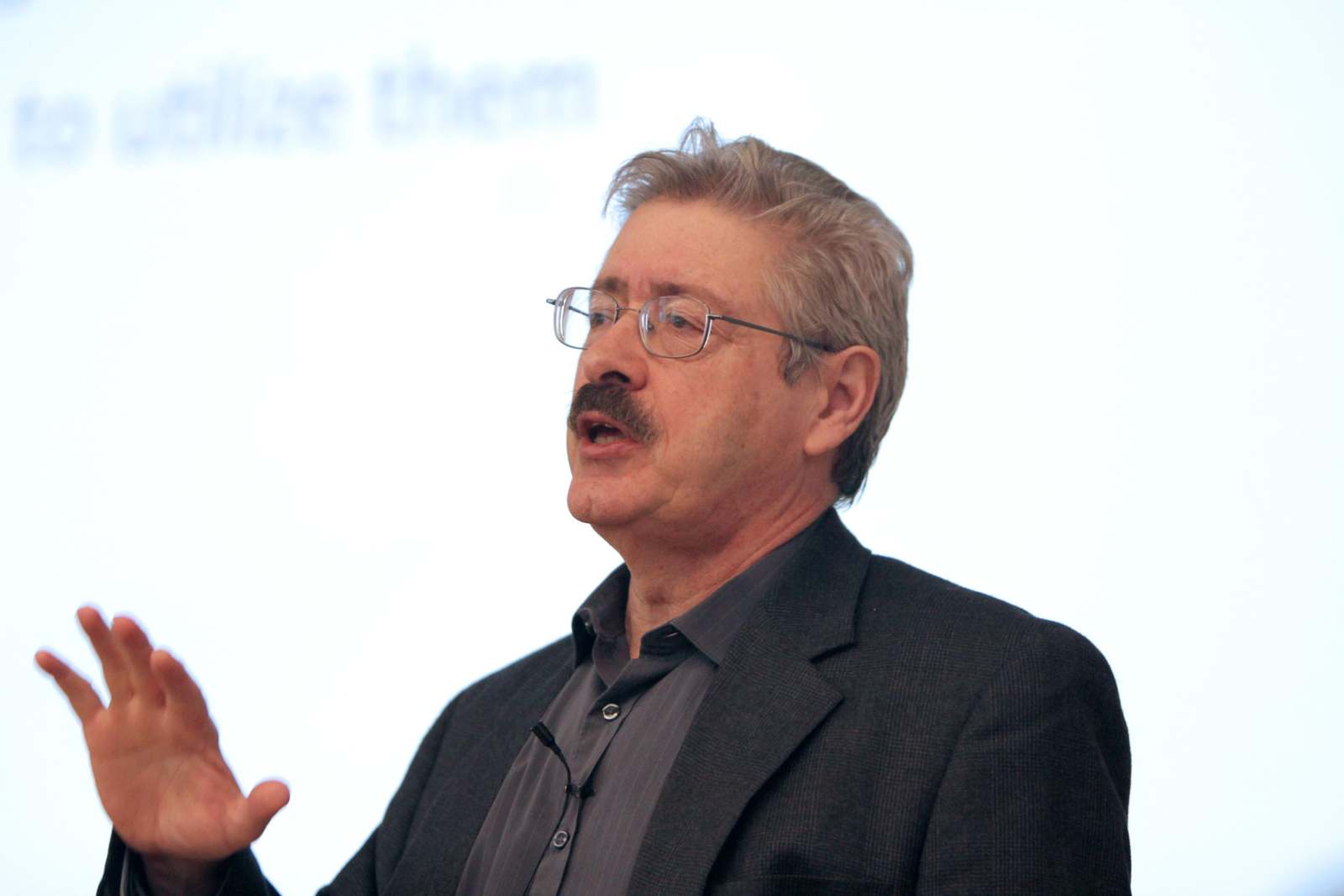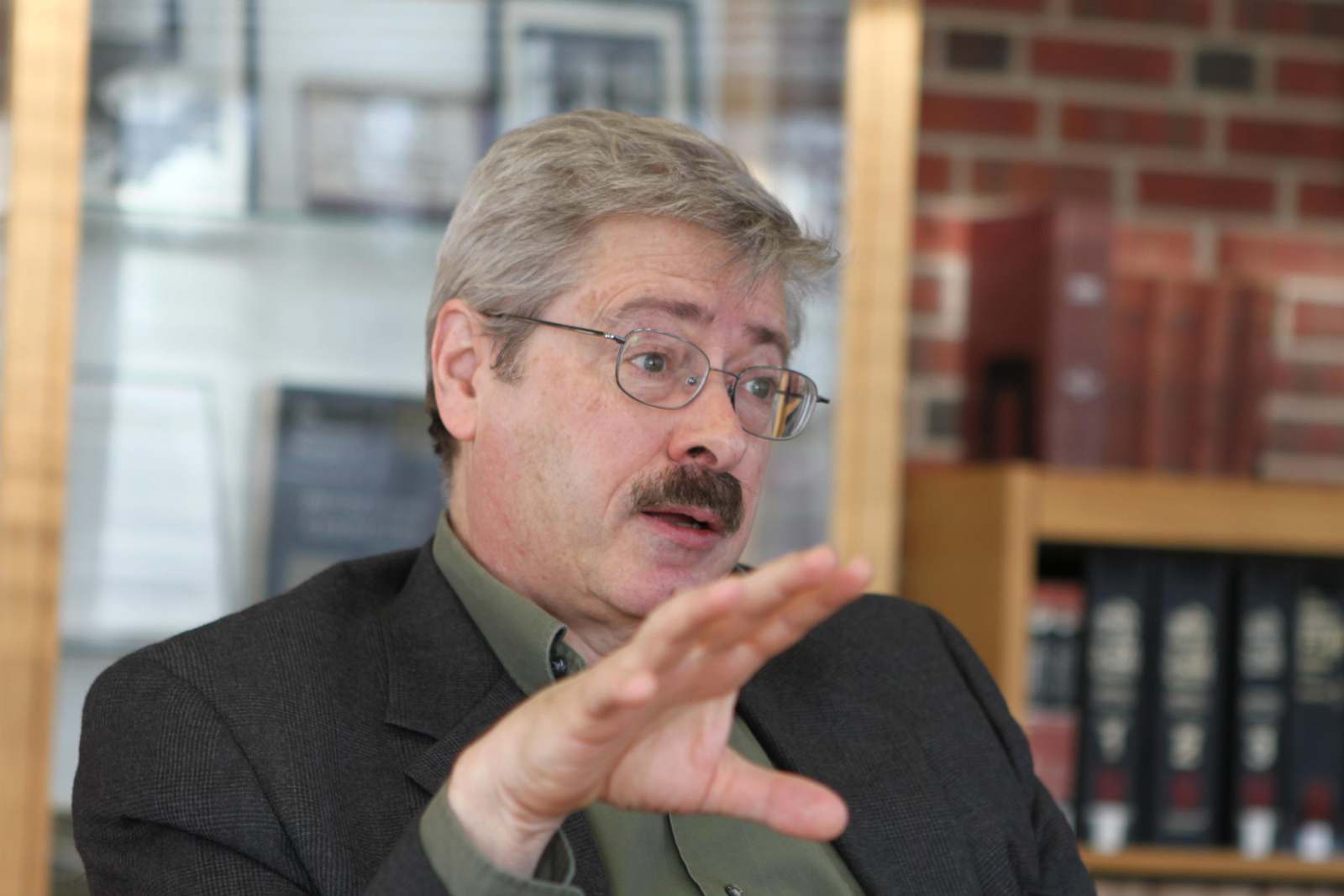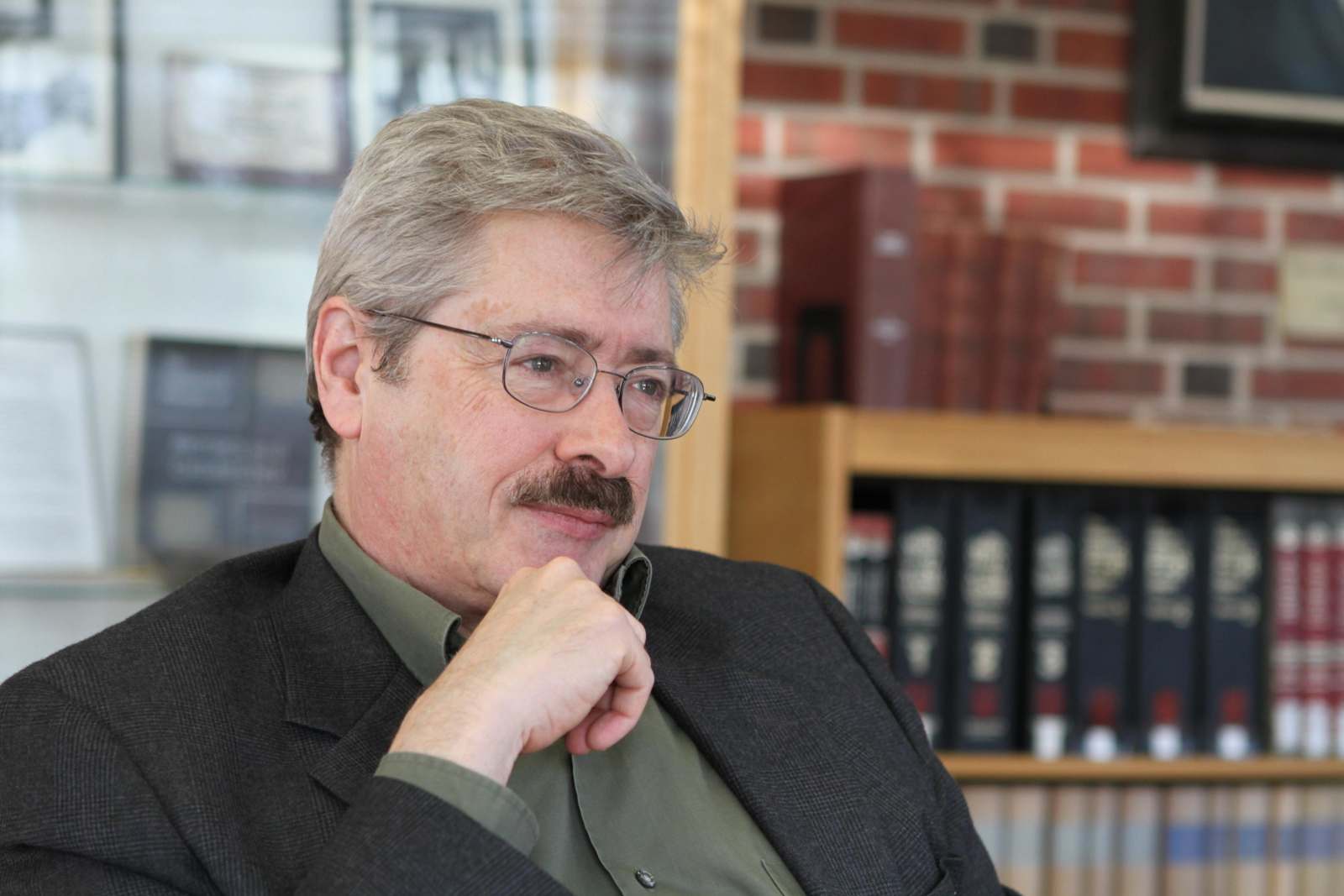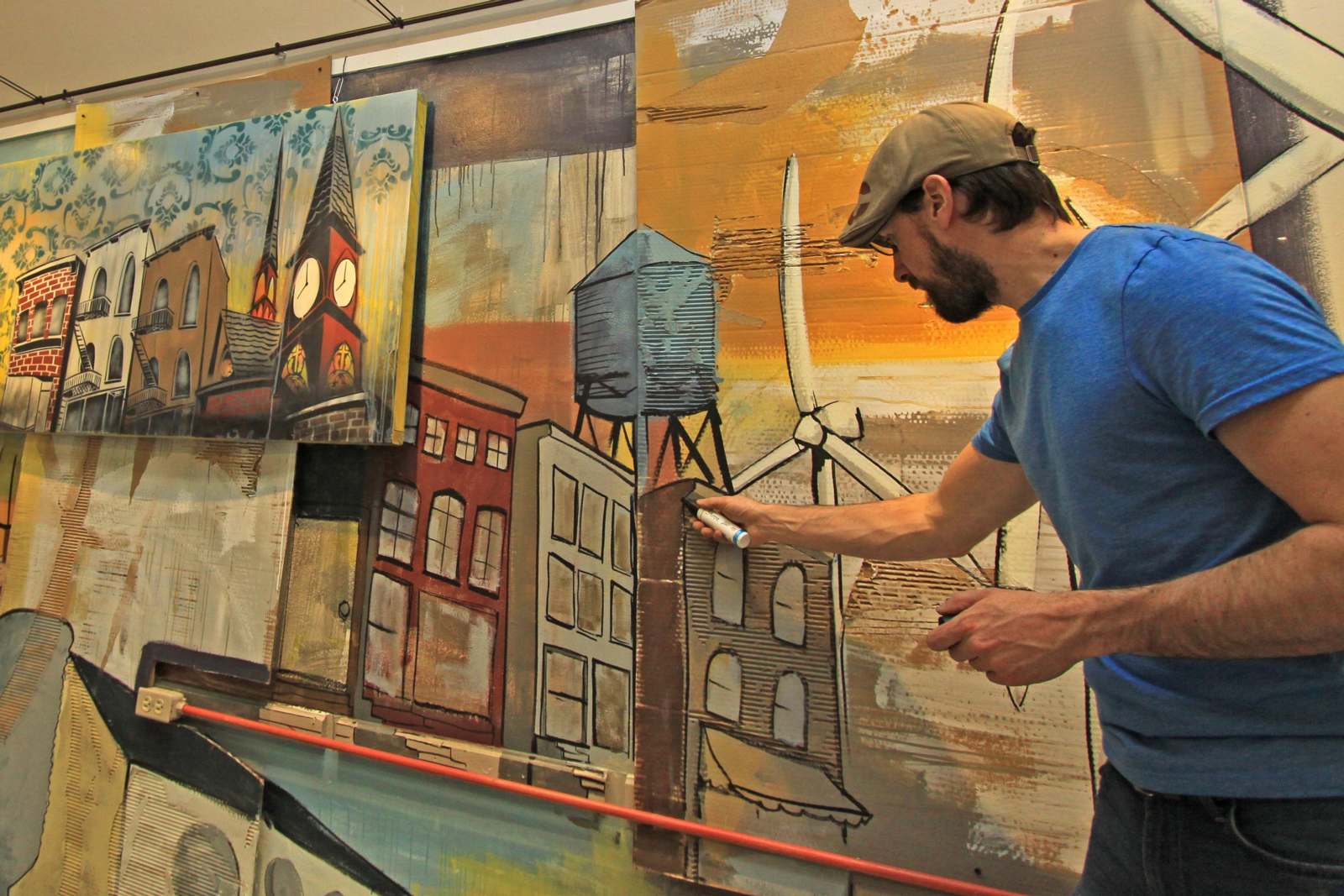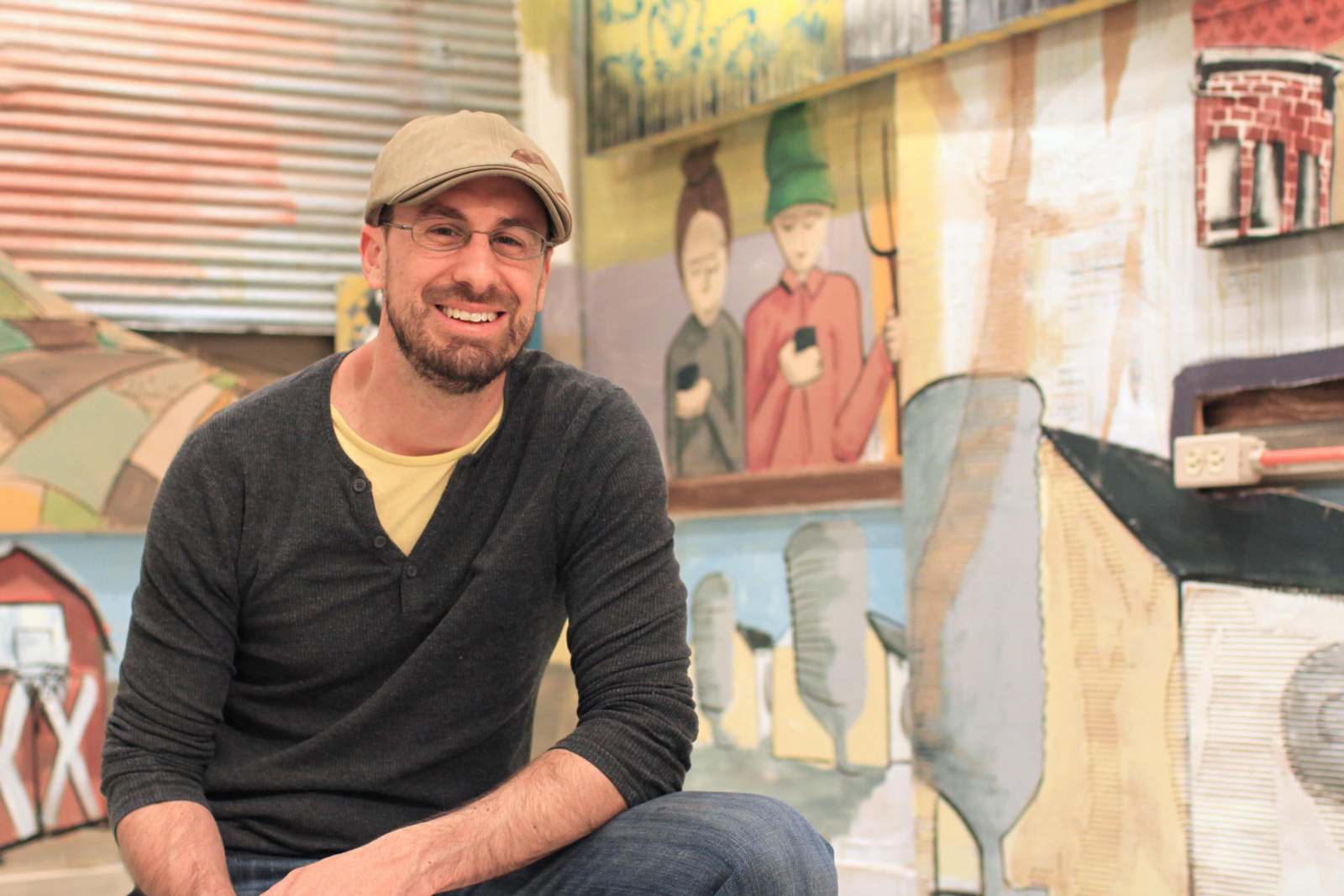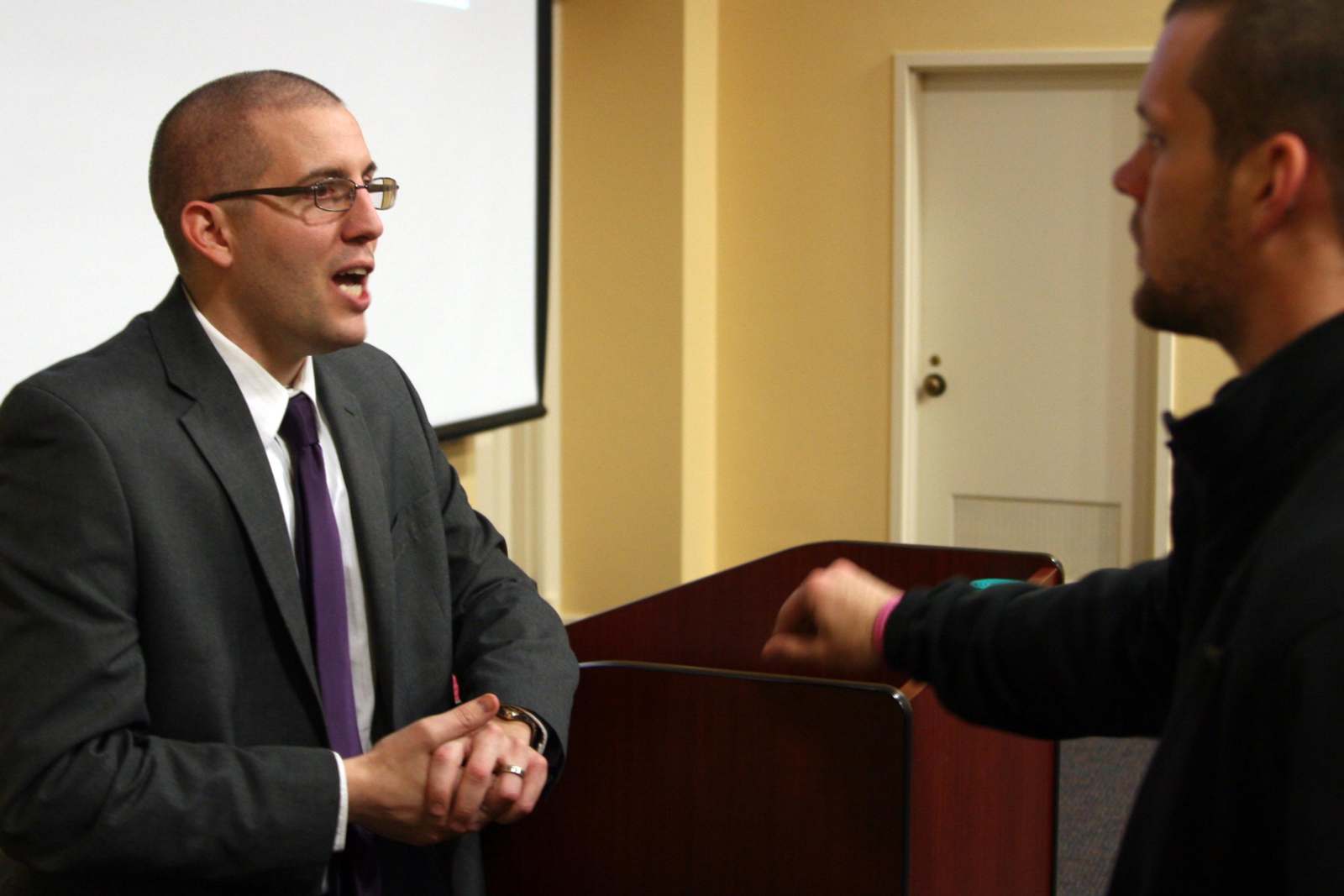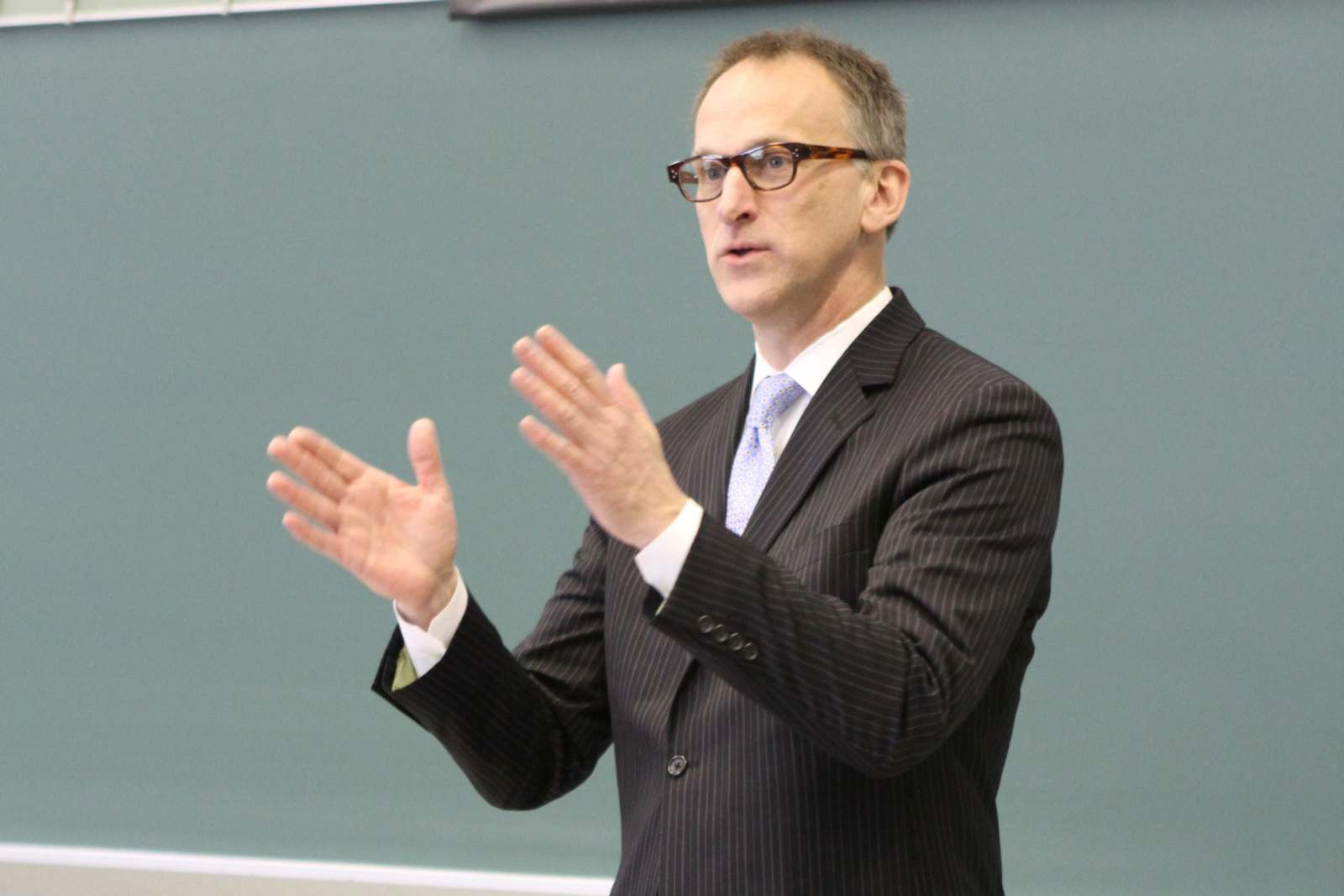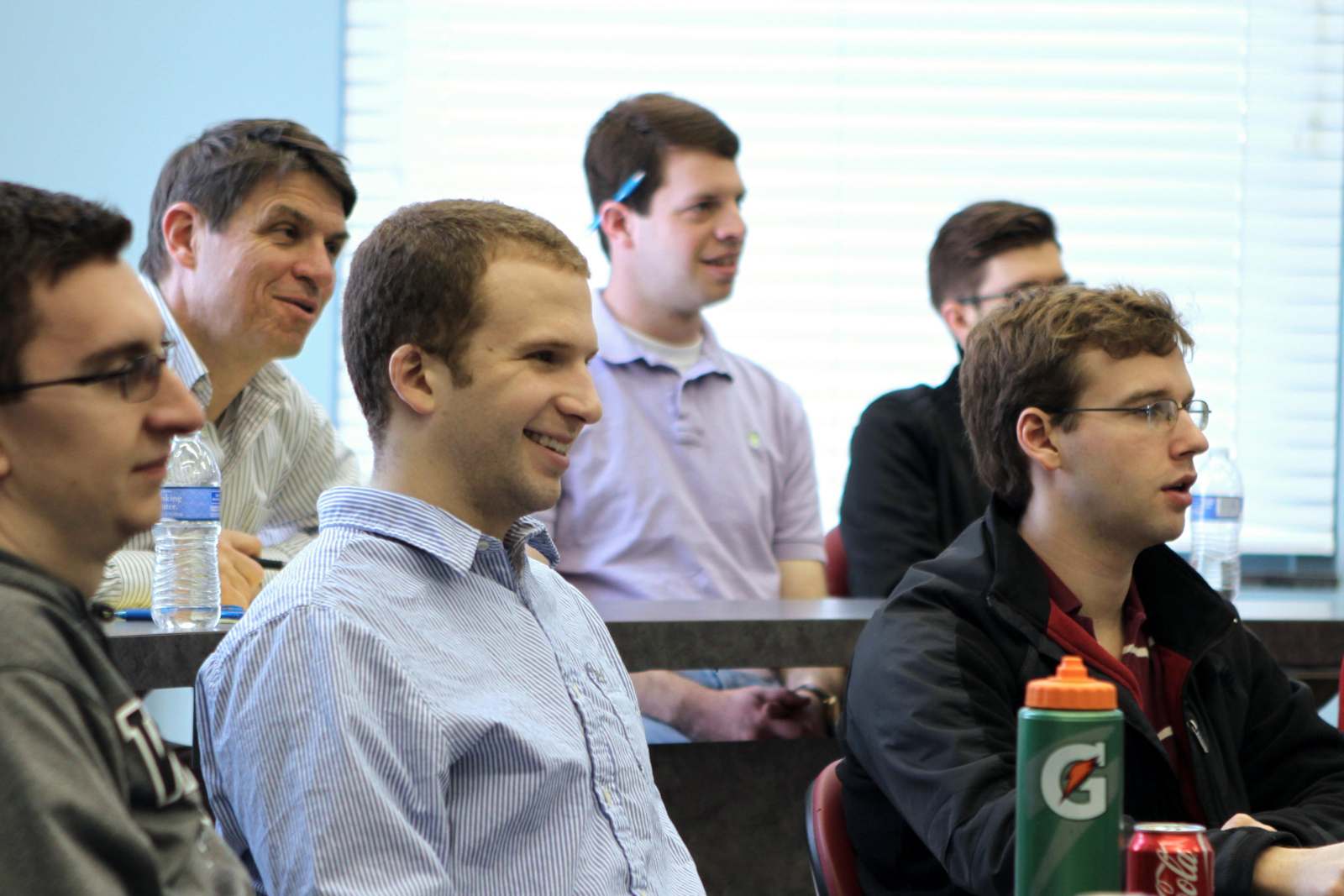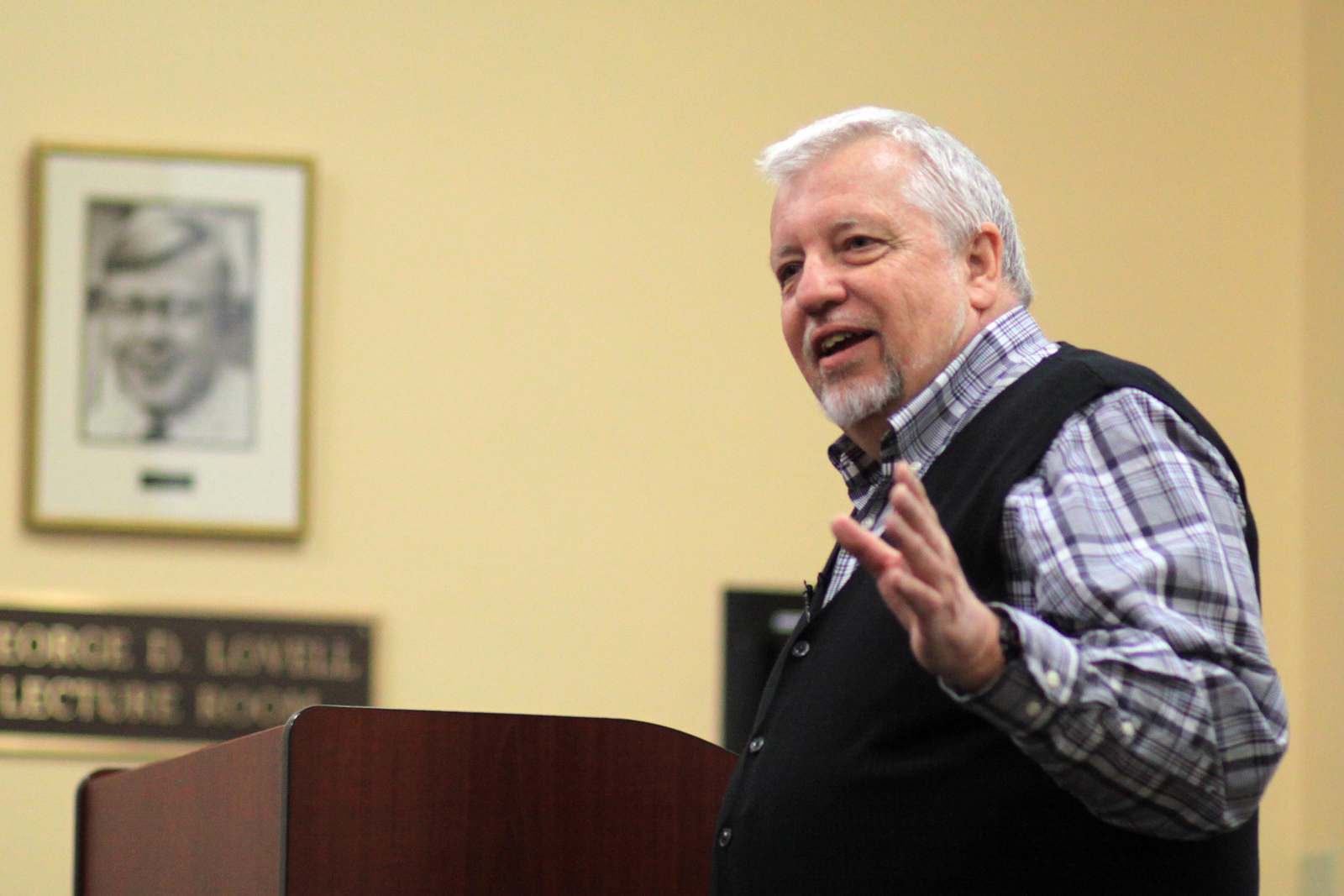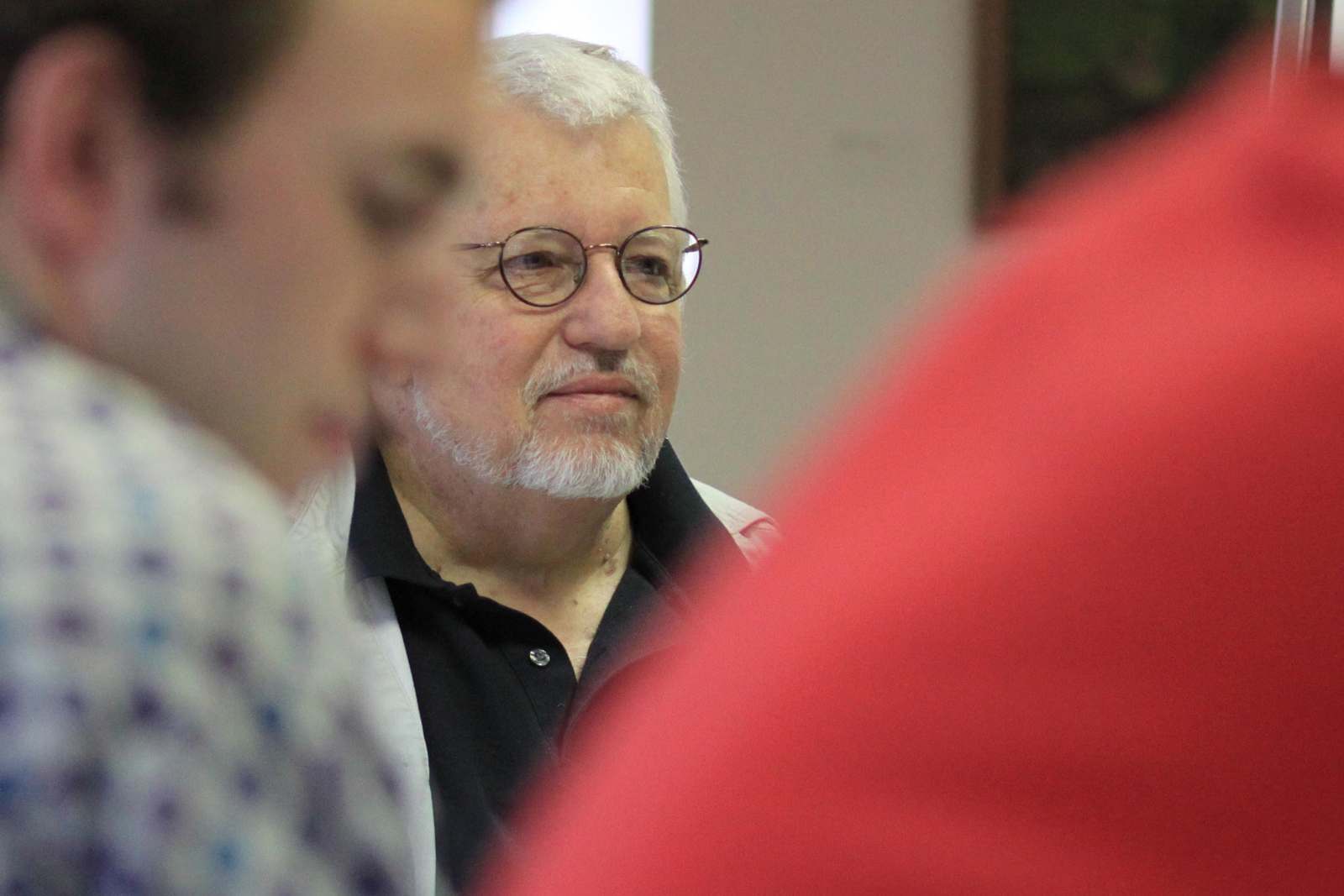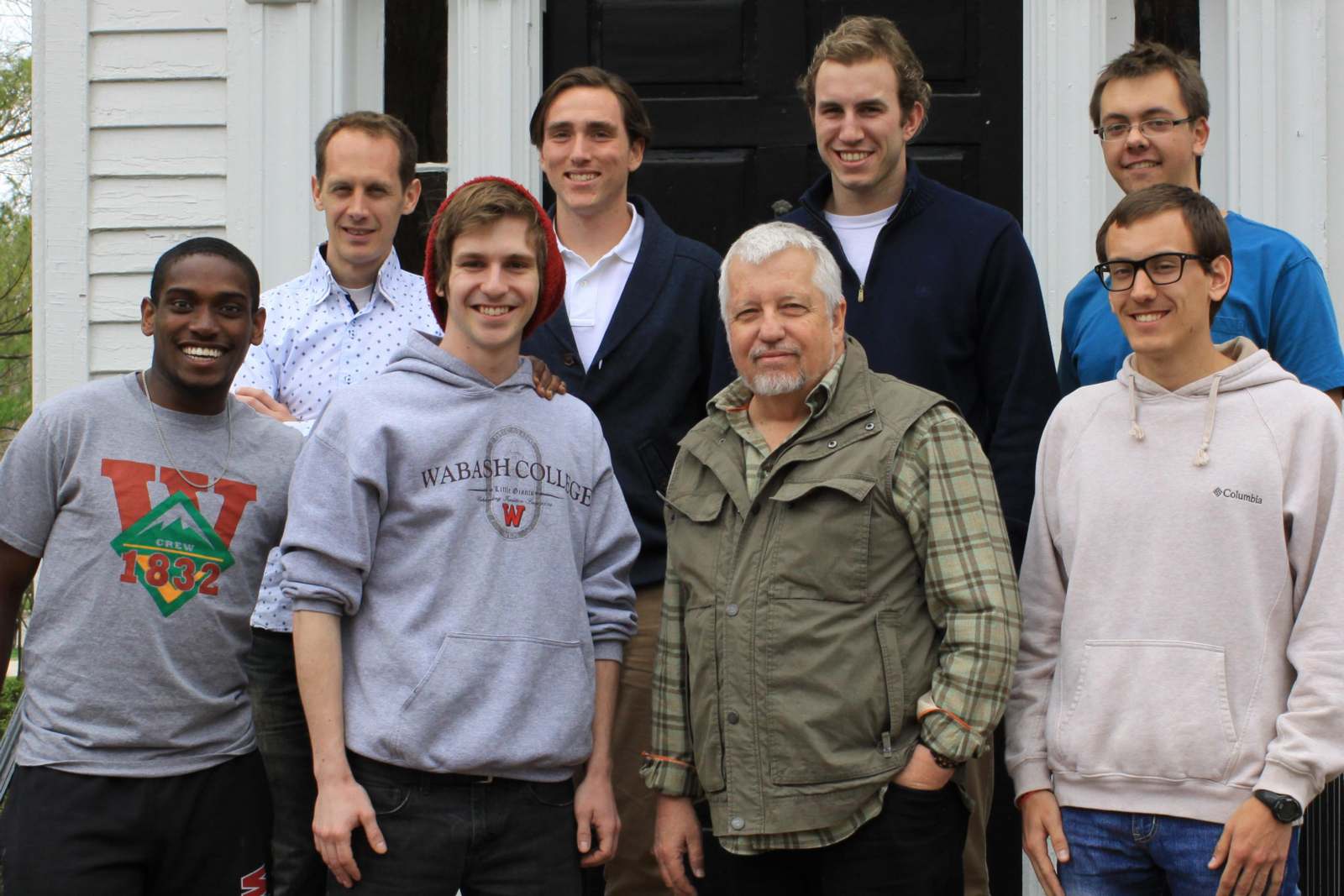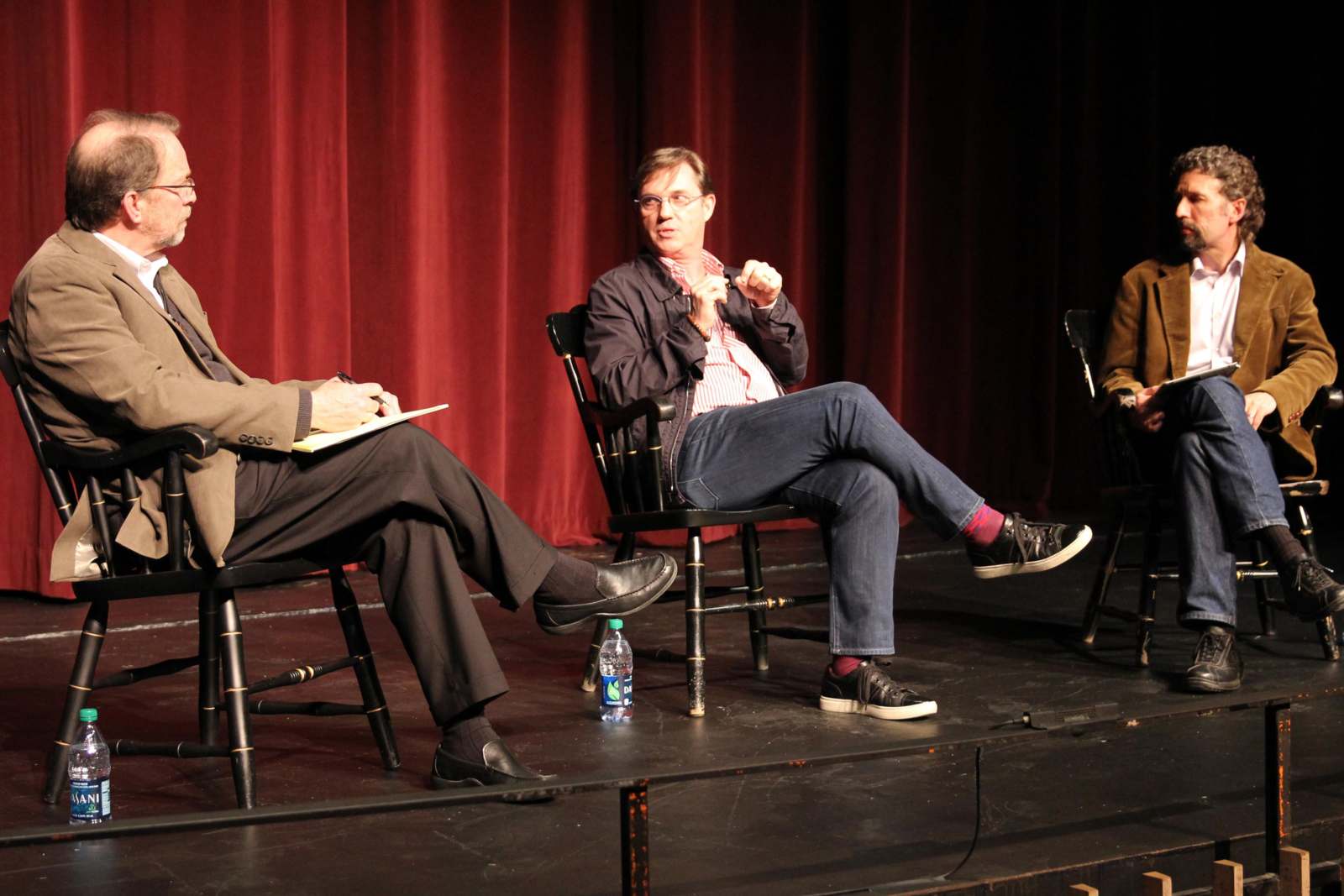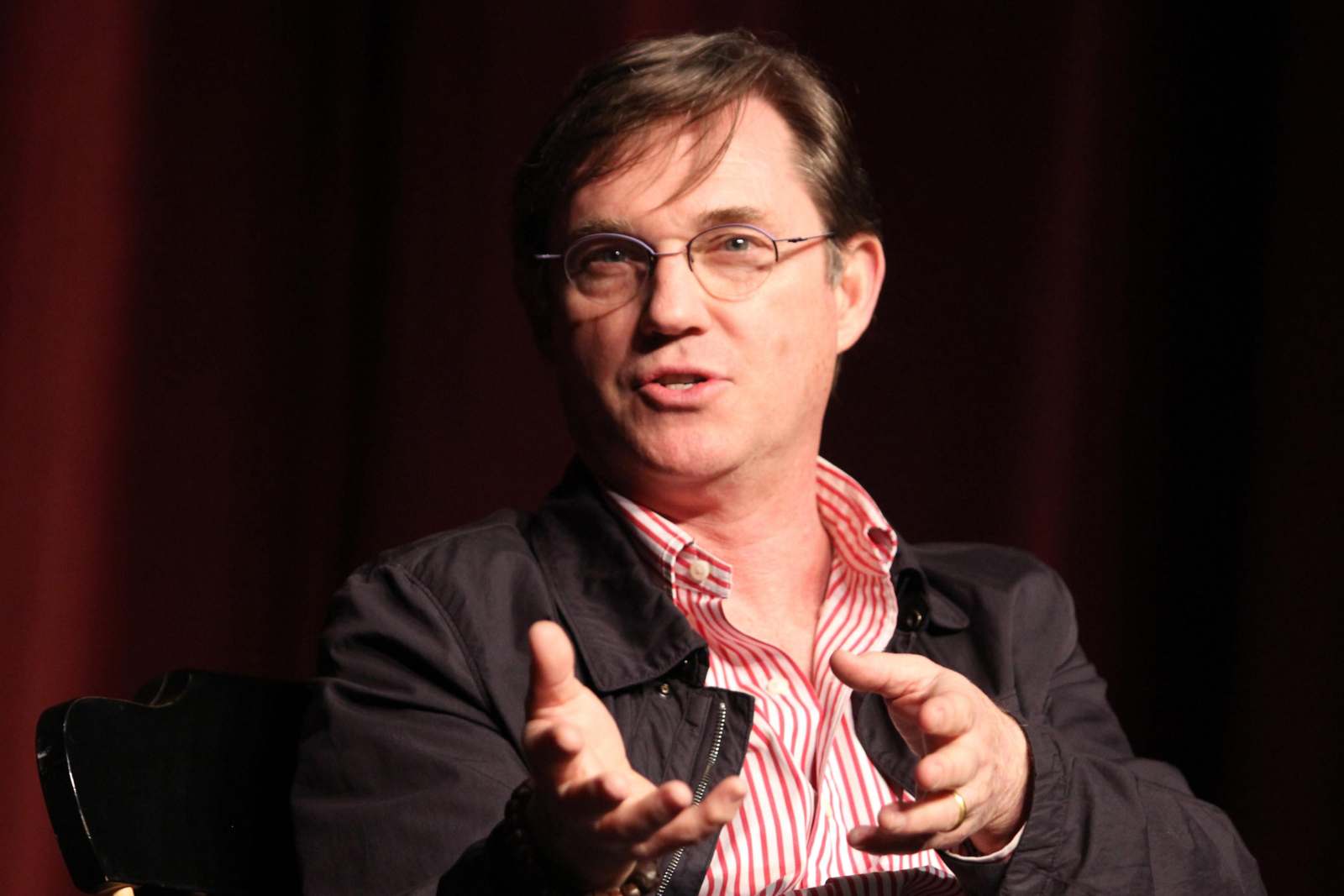3 Weeks at Wabash: Passion is for Pros
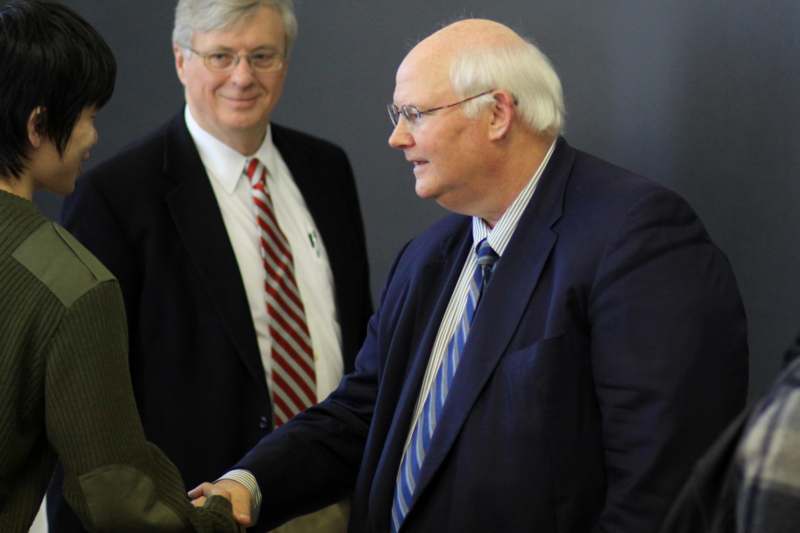
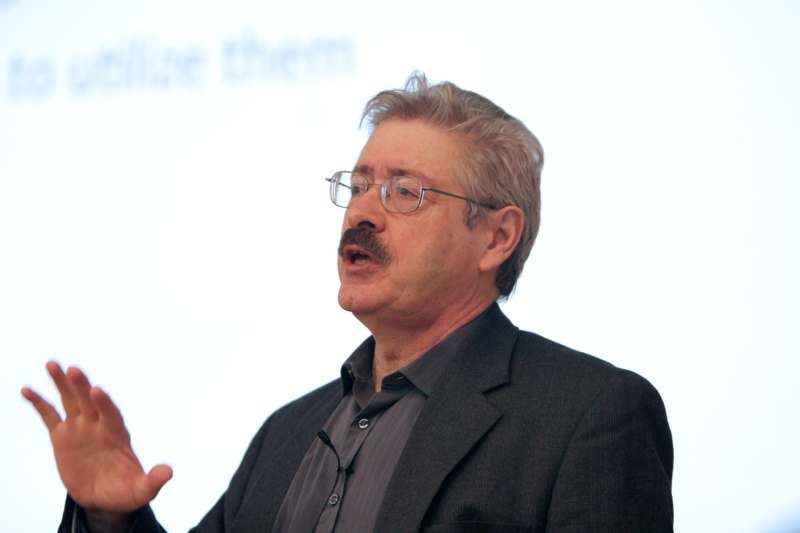
One of the College’s most distinguished scientists, Dr. Tom Roberts ’70 visited Wabash to deliver the annual Haines Lecture in Biochemistry and to talk with faculty and students about Gleevec, the highly successful cancer drug developed from work in his lab at the Dana Farber Cancer Institute at Harvard University, a drug that has made one rare form of cancer manageable with a pill a day. Roberts began his talk for the general public with a reflection: ‘I’ve spent the last 30 years working on smart drugs; I should have been spending more time thinking about the economic implications of the smart drugs people like me and others have been working on.’ He took the next 40 minutes to do just that.
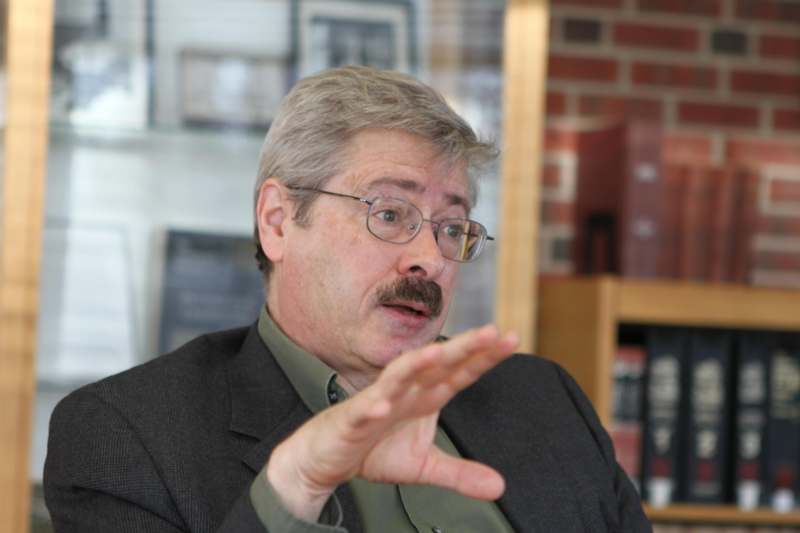
‘Health care takes too much of the public’s funds, and these smart drugs are part of the problem,’ Roberts said. After giving examples of how several of the drugs work, their limitations, and other approaches the near future may bring, he concluded: ‘Can we afford these smart drugs? If we use them smartly, we can’t afford to live wihout them.’

During an interview for the Fall issue of Wabash Magazine, Roberts was asked, ‘What is your calling?’ ‘When I came to Wabash [as a student] I wanted to be a scientist; I wanted to find out new things. Working at a cancer institute, though, and seeing what cancer does, the problems patients there face, my emphasis is more practical. I really would like to help cure cancer.”

On April 12, artist Zach Medler ’01 opened his exhibit, 'Art from Where You Live,' at Crawfordsville's Athens of Indiana Gallery. Medler created the exhibit during the Gallery's open hours. “I wanted to work when the gallery was open so people could see the process. I don’t come in here with an idea—I come in with these materials, then I respond to the space, to what I saw when I drove by on the way in, to what comes to me while I’m here.'
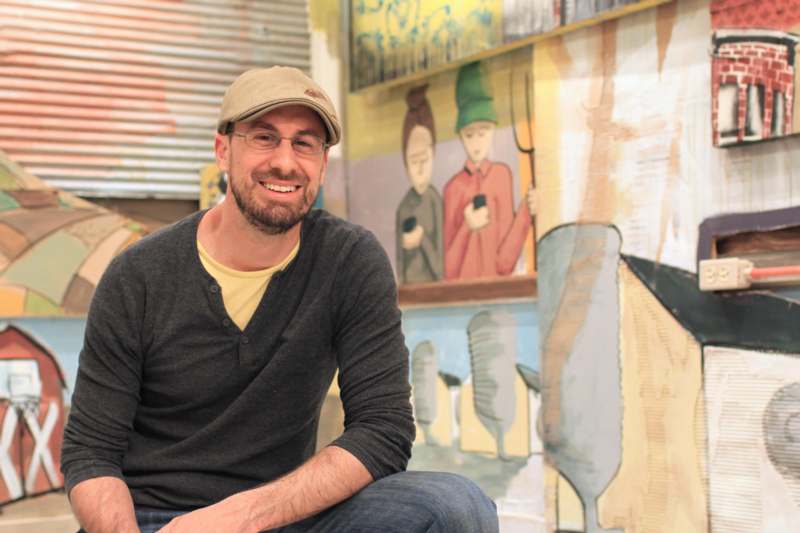
Medler's own idea of what art can be was changed when a Tibetan monk visited the College’s Eric Dean Gallery years ago. Medler was a Wabash religion major and watched as the monk spent a week creating a sand mandala, taking up most of the gallery’s floor space with the intricate work. The day it was finished, the monk poured all the sand back into a bag and dumped it into Sugar Creek. “I was studying Buddhism intensely at the time, then these guys come up and do the sand painting. I saw the temporal nature of these pieces, and why that is so important to think about. I wouldn’t say that event inspired this work, but I wouldn’t say it didn’t.”
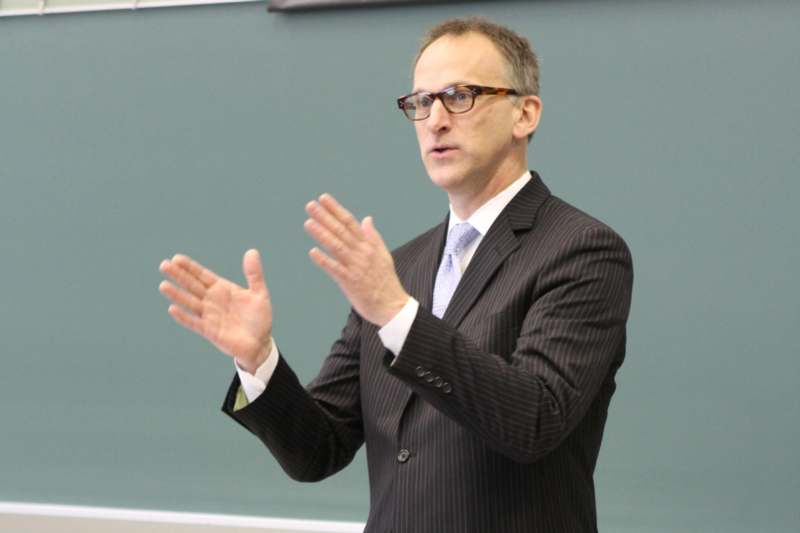
Wabash grads approach even their avocations with passion! Indiana University Maurer School of Law Assistant Dean of Communications Ken Turchi ’80 informed and entertained students in a talk about his book for the Indiana Historical Society, L.S. Ayres & Co.: Store at the Crossroads of America. Turchi interviewed 40 people in his spare time for the 283-page coffee table style book.
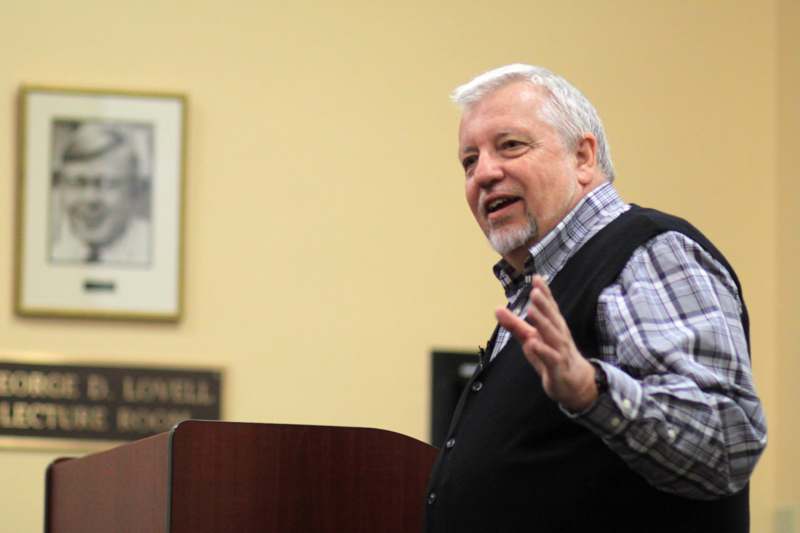
Award-winning and bestselling author Dan Simmons ’70 returned to campus last week to lead the first Wabash Writer's Workshop, a three-day intensive program that brought together six students with one of the world's finest and most successful writers. “If I were to advertise my visit, I’d say, ‘Full-time professional novelist Dan Simmons is hunting for a few good men to become the novelists of the future,’ Simmons said. Last Thursday night he shared with students his own journey to becoming a writer, from Wabash to his teaching days to being 'discovered' by writer Harlan Ellison. 'We need writers,' Simmons said, "And I believe that Wabash, the quintessential liberal arts college, is the perfect incubator for a fine novelist in the 21st century.'

Simmons and student writers work together in the Caleb Mills House. 'We spent three days learning from the best, and then in our free time held wide-ranging conversations that revealed the down-to-earth personality of Dan and his wife, Karen,' said workshop participant Ryan Horner. 'The things we learned showed me the challenges associated with being a professional writer,' added Christian Lopac. 'But the workshop also illustrated many of the things necessary to make that
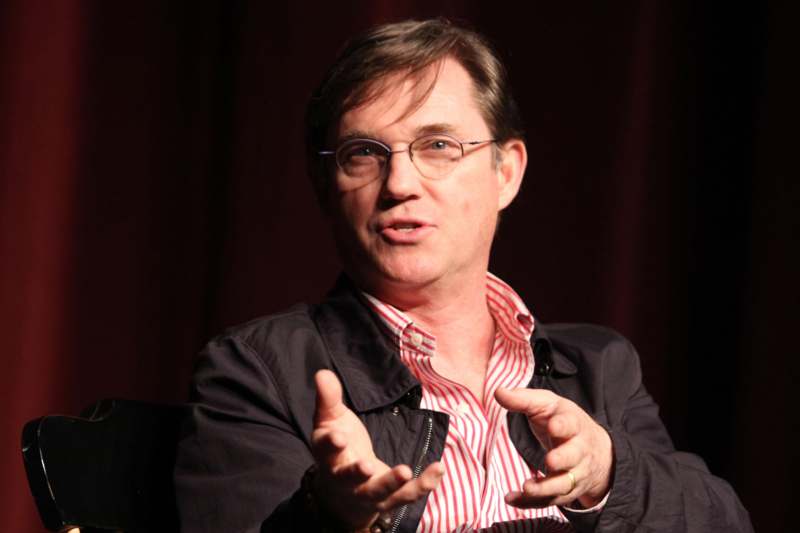
Thomas told students that, while film roles are more lucrative, he loves theater work and the opportunity to work with the words written by the best playwright. “The difference is texture and the excitement and real challenge is in the text,” Thomas said. He noted that making a movie or even television is hours of waiting and sitting and shooting scenes out of sequence. “In theater, once the curtain goes up everyone is going to get to go on and perform.”

